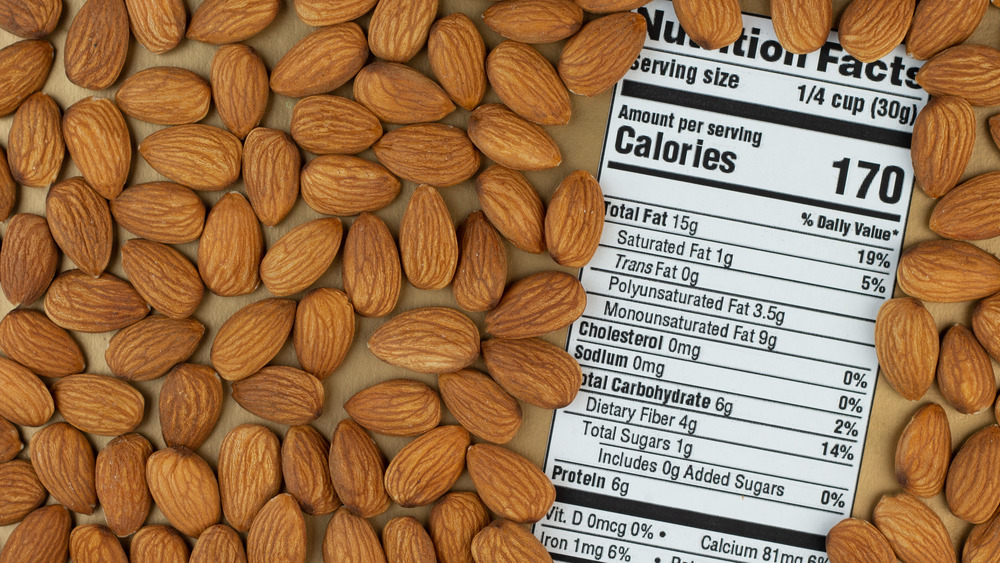What Are 'Health Halo' Foods?
From agave syrup to beet juice, steel cut oats to coconut oil, certain foods develop a "health halo" — no matter what context they're being used in, people assume they are healthy. Often, there's more to the story, and it's important to understand context when it comes to healthy food lists.
The phrase 'health halo' refers to "the perception that a particular food is good for you even when there is little or no evidence to confirm this is true," according to the Macmillan Dictionary. You may have spotted an article touting a small study showing the benefits of a certain food, or had a food company explain why a certain snack was a healthier option than your usual favorites, thanks to its "healthier ingredients."
When it comes to foods that are surrounded by a health halo, usage matters, and calories, even in seemingly healthy foods, still count. A teaspoon of agave syrup might be healthy compared to pouring several tablespoons of high fructose corn syrup into a beverage, but while agave is a more natural form of sugar, it still contains a high amount of empty calories (via Healthline). The same applies to coconut oil: There may be some health benefits, but because it is an oil, and high in calories, it should still be used sparingly.
What should you look for instead?
Be aware of buzzwords like organic, grass-fed, free-range or gluten-free. Organic chocolate is still chocolate, and it still contains fat and sugar (Macmillan). Grass-fed beef is still high in fat (and the "grass-fed" label isn't always entirely accurate, Healthline points out). Gluten-free grains are still high in carbohydrates and contain calories, even if they don't contain the protein gluten.
Read the nutrition facts posted on the back of products, if you are trying to cut calories. Often, we read the phrase "low fat" or "fat free" and assume that means the product will be healthy, and lower in calories. However, companies often add in sugars to improve the taste of the low-fat foods, so the calorie count may even be higher than the normal version (via The Guardian). Despite these practices, companies are legally required to share honest information on the nutrition facts label and ingredients list. Do your research there, and look past the packaging.


